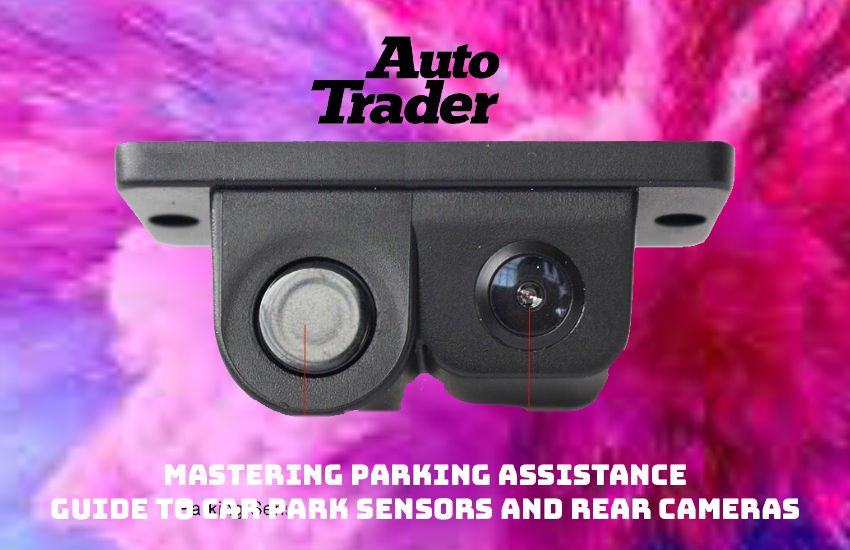Car park sensors have become essential features in modern vehicles, offering drivers assistance and peace of mind when maneuvering in tight spaces. But with advancements in technology, rear cameras have also gained popularity as tools for parking assistance. In this article, we'll delve into how car park sensors work, how to use them effectively, and whether rear cameras provide a superior parking solution.
Understanding Car Park Sensors:
Car park sensors typically consist of ultrasoni...
Car park sensors have become essential features in modern vehicles, offering drivers assistance and peace of mind when maneuvering in tight spaces. But with advancements in technology, rear cameras have also gained popularity as tools for parking assistance. In this article, we'll delve into how car park sensors work, how to use them effectively, and whether rear cameras provide a superior parking solution.
Understanding Car Park Sensors:
Car park sensors typically consist of ultrasonic sensors mounted on the front and/or rear bumpers of the vehicle. These sensors emit high-frequency sound waves that bounce off obstacles and return to the sensor. By measuring the time it takes for the sound waves to return, the system can determine the distance between the vehicle and the obstacle.
How to Use Car Park Sensors:
-
Activation: Most vehicles with park sensors have them activated automatically when the vehicle is put into reverse gear. Some vehicles may also have a dedicated button to activate or deactivate the sensors manually.
-
Audible Alerts: As the vehicle approaches an obstacle, the park sensors emit audible beeps of increasing frequency to indicate proximity to the obstacle. The beeps become more rapid as the vehicle gets closer to the obstacle.
-
Visual Display: Many vehicles with park sensors also have a visual display on the dashboard or infotainment system. This display shows a graphical representation of the vehicle and any obstacles detected around it.
-
Stopping Distance: It's essential to remember that car park sensors provide an aid but not a substitute for careful driving. Always maintain a safe stopping distance and use your mirrors and rearview camera (if available) to supplement the information provided by the sensors.
Are Rear Cameras Better Than Park Sensors?
Rear cameras, also known as backup cameras or rearview cameras, provide a live video feed of the area behind the vehicle, typically displayed on the dashboard or infotainment screen. Here are some factors to consider when comparing rear cameras to park sensors:
-
Visibility: Rear cameras offer a clear visual representation of the area behind the vehicle, making it easier to spot obstacles, pedestrians, or other vehicles. This can be especially useful in situations where obstacles are not easily detected by park sensors alone, such as low-lying objects or small children.
-
Precision: While park sensors provide distance measurements, rear cameras offer precise visual information about the vehicle's surroundings. This can be particularly helpful when maneuvering in tight spaces or when parking parallel to obstacles.
-
Complementary Features: Many modern vehicles are equipped with both park sensors and rear cameras, offering drivers the benefits of both systems. In such cases, the park sensors provide audible alerts while the rear camera offers visual confirmation, providing a comprehensive parking assistance solution.
Car park sensors are invaluable tools for assisting drivers in parking and maneuvering in tight spaces. When used in conjunction with rear cameras, they offer a comprehensive solution for parking assistance, enhancing safety and convenience for drivers. Whether you prefer the audible alerts of park sensors or the visual clarity of rear cameras, both technologies play essential roles in modern vehicle safety systems.
Explore a wide range of vehicles equipped with advanced parking assistance features on Auto Trader UAE!
Read More

